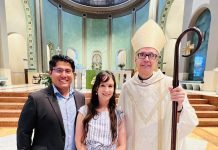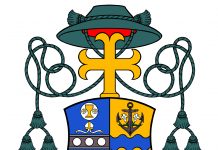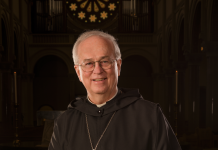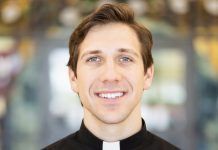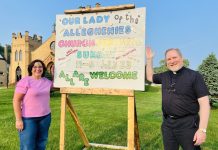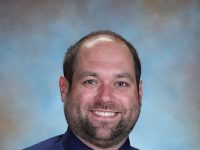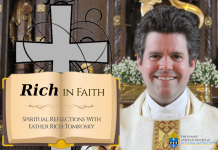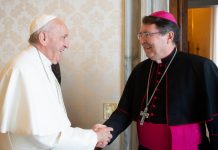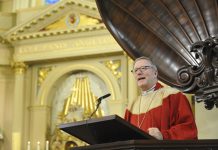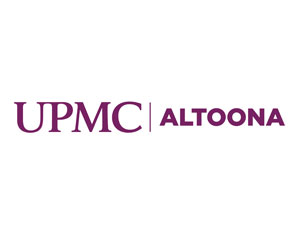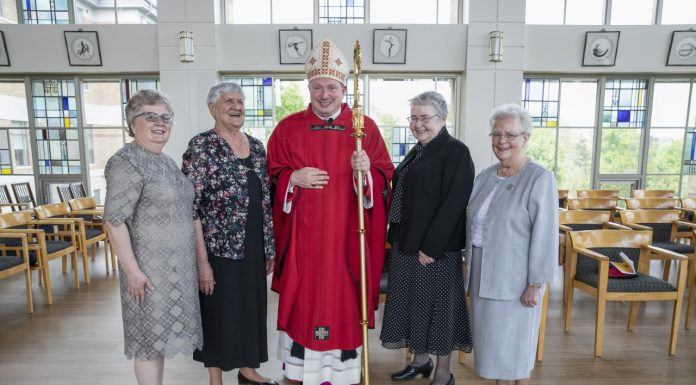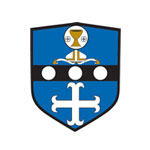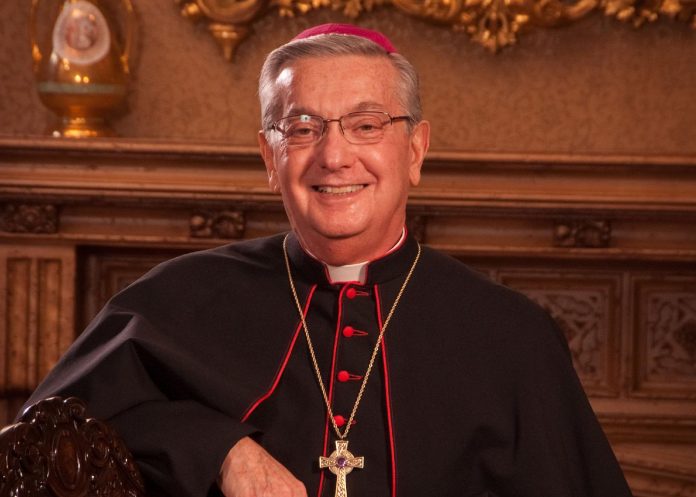
By Dennis Sadowski
CLEVELAND (CNS) — Retired Bishop Anthony M. Pilla of Cleveland, who led initiatives to bring diverse communities together to overcome poverty, racism and social inequity, died Sept. 21 at age 88, the Diocese of Cleveland said.
Bishop Edward C. Malesic of Cleveland announced Bishop Pilla’s death in a statement, saying the native Clevelander died at his home. No cause of death was given.
A funeral Mass will be celebrated by Bishop Malesic Sept. 28 at the Cathedral of St. John the Evangelist in Cleveland. Interment will be in the Resurrection Chapel in the cathedral.
Since being installed as bishop of Cleveland in September 2020, Bishop Malesic said he came to know Bishop Pilla “as a very warm, kind-hearted and deeply faithful shepherd, always dedicated to the people of the diocese.”
“He was generous with his time and sharing his knowledge and concern for the diocese with me,” Bishop Malesic said. “As a leader in the national church, Bishop Pilla was an inspiration and example to me throughout my priesthood and in my years as a bishop.
“I felt so welcomed by him when I came to the Diocese of Cleveland, a church that he loved so much. As a leader in the community and a friend to so many, he will be greatly missed.”
Archbishop José H. Gomez of Los Angeles, president of the U.S. Conference of Catholic Bishops, offered prayers and sympathy to Bishop Pilla’s family, friends and those touched by his years of ministry in the Cleveland Diocese.
“He led the bishops’ conference in the 1990s as president, and those who worked with him have expressed that his deep love for the church was evident through his faithful commitment and desire for unity within the church which he expressed through his pastoral leadership of the conference,” Archbishop Gomez said in a statement Sept. 22.
Bishop Pilla’s love of his hometown and desire to serve people of all faiths and backgrounds became a hallmark of his 25 years as the spiritual leader of the Cleveland Diocese.
Friends and colleagues recalled Bishop Pilla as a humble man, whose love for the church was foremost in his life and guided his desire to build bridges among people throughout the diocese’s eight counties that spanned rural, suburban and urban communities.
“He was Pope Francis before there was a Pope Francis,” said Tom Allio, who worked with Bishop Pilla for three decades as director of the Diocesan Social Action Office.
“He was a champion for social justice and peace. No one loved the people of Northeast Ohio more than Bishop Pilla. He did everything he could to bring people together,” Allio told Catholic News Service.
Not one to seek attention, Bishop Pilla became one of Cleveland’s most powerful voices for peace and reconciliation through the partnerships he built with business, neighborhood groups and interreligious leaders. His Church in the City initiative sought to build ties among parishes in the inner cities and outlying areas of the diocese.
Bishop Pilla often expressed the belief that vibrant parish communities were vital parts of city neighborhoods and he devoted strong efforts to prevent parishes from closing. While parishes closed in major cities in the industrial heartland and northeast U.S. only 12 parishes closed in Cleveland’s neighborhoods during his tenure.
Allio described how Bishop Pilla’s vision for the church’s role as building connections and addressing injustices led to the diocese — and Bishop Pilla by extension — gaining a national profile.
Bishop Pilla took a leadership role with the National Conference of Catholic Bishops, the forerunner to the USCCB, starting in 1981. He served on the bishops’ committees on Finance and Ecumenical and Interreligious Affairs and became chairman of the Ad Hoc Committee on Follow-up for the Pastoral on the Economy.
In 1990, he became the conference’s treasurer, its vice president in 1992 and its president in 1995. He also was a member of the Pontifical Commission for the Cultural Heritage of the Church at the Vatican.
Days after he led the bishops’ fall 1997 general assembly, Bishop Pilla had his first health challenge as he underwent a quadruple bypass surgery. Shortly afterward he was diagnosed with a staph infection, which sidelined him for three months. Then in 1999, he had prostate surgery.
Born Nov. 12, 1932, to Italian parents, Bishop Pilla grew up in a working-class neighborhood of Cleveland. He was ordained to the priesthood in 1959. He served in parish ministry and joined the faculty of Borromeo Seminary in Cleveland in 1960. He was named rector of Borromeo in 1972 and appointed secretary for services and religious personnel of the diocese in 1975.
He became a bishop in 1979, when St. John Paul II named him an auxiliary bishop of Cleveland. He was named the ninth bishop of Cleveland in November 1980 and was installed Jan. 6, 1981.
Bishop Pilla’s tenure also was marked by challenges posed by clergy sexual abuse as revelations of wrongdoing by priests and shortcomings of church officials in dealing with the priests became known nationally and locally. He apologized and met several times with abuse survivors. Later he described the abuse crisis as the most painful of his time as bishop.
Bishop Pilla retired in 2006, citing health concerns.


